It’s no surprise that plastic packaging has serious consequences for the environment due to the high volume that ends up in our oceans and landfills, and the fact that plastic can take 1,000 years to degrade naturally. Today, plastic pollution is growing relentlessly, and recycling efforts are falling short. Only 9% of plastic waste in Canada gets recycled, while the rest ends up in landfills, waste-to-energy facilities, or the environment (Government of Canada, 2022). A 2018 report found that the most plastic tonnage, over 14.5 million tons come from containers and packaging in the consumer-packaged goods industry. (Topic Insights, 2021).
It is time organizations consider advanced efforts to reduce the amount of plastic waste in our environment and what better place to start than through packaging. Innovative organizations such as Kraft Heinz and Unilever have already taken steps towards reducing plastic packaging within their supply chains. Smaller organizations can do the same without breaking the bank.
Below, we share three reasons outside of sustainability for why CPG companies want to cut plastic packaging from their supply chains.
1. Government regulations (Ex. Ban on single use plastics)
The Canadian government has already begun imposing more sustainable regulations such as the Single-use Plastic Prohibition Regulations as of June 2022. The purpose of this regulation is to prohibit the manufacturing, importing, sale and eventually export of 6 categories of single-use plastics. This initiative is supposed to steer businesses away from these products and towards alternative materials that prevent plastic pollution and help Canada transition towards a circular economy. This is a starting point, and we believe regulations will continue to be imposed in the future, and more types of plastics will be included. Therefore, innovative organizations that want to get ahead of the game are already looking for alternative solutions geared towards creating more sustainable supply chains.

2. Growing Consumer Demand
Each year, there is an increase in growing consumer demand towards sustainable products and packaging. A recent survey from the Boston Consulting Group with participants from North America, South America and Europe revealed 86% of consumers amongst younger generations would be willing to pay more for sustainable packaging (2021). More than half (54%) take sustainable packaging into consideration when selecting a product. Even throughout the pandemic, sustainable packaging has remained a top priority for consumers in their effort to reduce their environmental footprint. The environment requires immediate action to avert catastrophe which is motivating consumers to engage with sustainable businesses in ways that were previously ignored.
3. Pressure from Investors (ESG reporting demands)
ESG analysis is becoming an increasingly important consideration among investors. They are turning to ESG reporting to determine the following information:
- Asset devaluation and long-term risk – investors are examining companies’ abilities to prepare for forecasts and respond to varying climate threats that could damage assets in terms of physical, transition and litigation risks.
- Social, governance and regulatory risks – Geopolitical events can also cause a disruption in terms of product production or distribution which in turn can negatively affect investors. Investors want to understand compliance and regulations of companies within their portfolios and ensure decisions and resources are allocated efficiently.
- Access to information – ESG data that is reliable gives investors the opportunity to track progress and gather critical information required for peer comparison and risk mitigation.

Keeping track of ESG reporting allows investors to see how resilient a business is. The challenges organizations are facing today are centered around how to incorporate ESG into corporate strategy, especially supply chains.
Challenges with Creating Sustainable Supply Chains
The traditional framework for supply chains has always been based on cost, service, and cash. We need to rebuild the framework to incorporate sustainability for it to take priority within an organization. Once sustainability is a key factor, organizations need to hold themselves accountable by measuring core KPIs because what doesn’t get measured, doesn’t get improved. While this might seem like a major project, plastics is a great place for CPG companies to start. In any project, starting is always the hardest part but once you get the ball rolling, things will become easier and more efficient.
How to Cut Plastic Packaging in Supply Chains
If you are not sure how or where to get started, we can help! The Owl is passionate about creating more sustainability options for manufacturers, so we’ve developed a packaging module that helps organizations track the use of plastic waste within their supply chain. Benefits provided by our module include:
- Calculated plastic waste and associated carbon emissions
- Cut reporting latency from weeks (or months) to seconds
- Provided basis for more accurate ESG reporting
Join other CPG leaders such as Jamieson Wellness who are using our platform to reduce plastic waste in their supply chains while fostering a more sustainable future.
